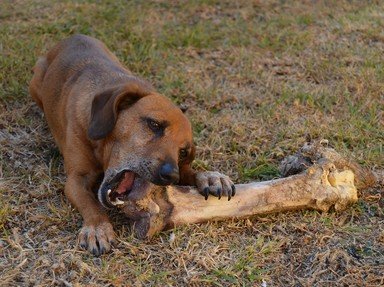
Time to Rhyme Trivia Quiz
Read the clues and match to a pair of rhyming words. For example, the match to "isolated femur" would be "lone bone", like the one the dog is munching on in the photo. Enjoy!
This is a renovated/adopted version of an old quiz by author finlady
A matching quiz
by gracious1.
Estimated time: 3 mins.
- Home
- »
- Quizzes
- »
- Brain Teasers Trivia
- »
- Word Play
- »
- Rhymes